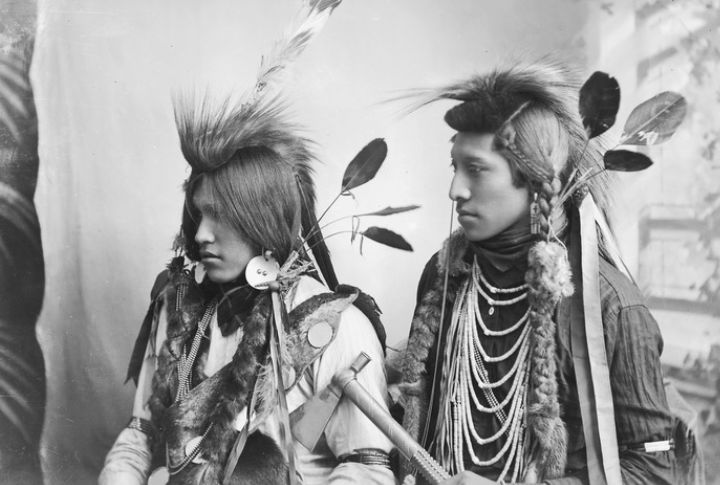
Before guns and bullets, Native warriors defended themselves with weapons made from skill and nature. Each of these carved or sharpened pieces reveals the strength and grit behind one of history’s most resilient people. Here are ten of those remarkable weapons that kept Native American tribes alive for generations.
Tomahawks
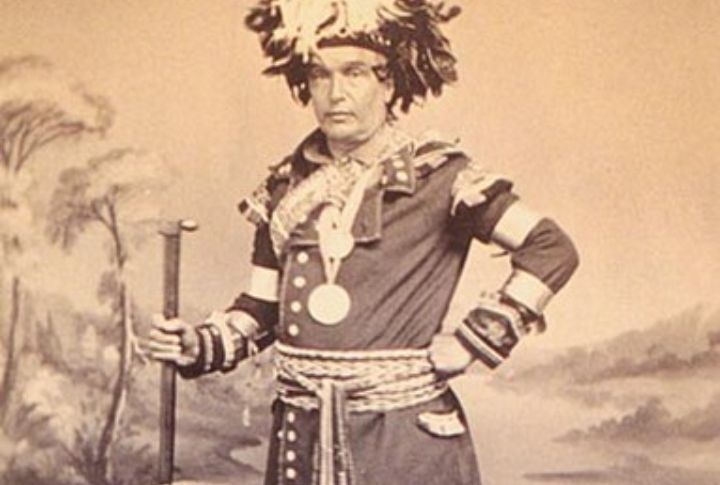
Native Americans used tomahawks as a survival tool and battlefield weapon to chop wood, hunt game, and defend themselves. They often made them from stone heads or iron with wooden handles. Many warriors personalized theirs with carvings and feathers or added hollow handles to smoke tobacco. Today, the modern military uses tomahawks in combat training.
Bows And Arrows
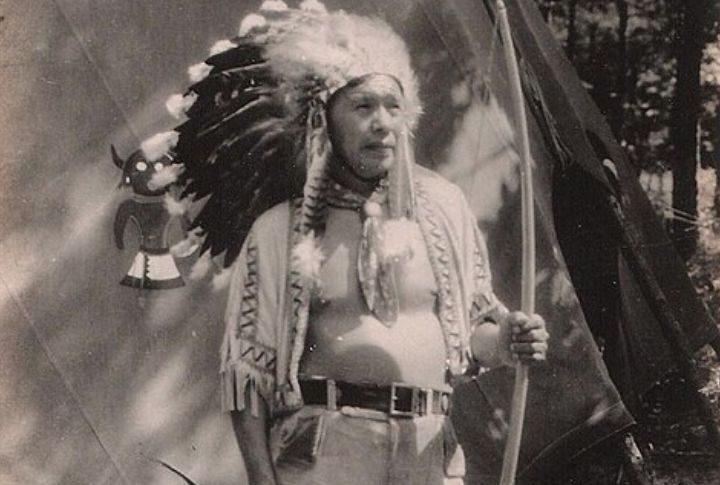
Most tribes relied on bows for both hunting and warfare. The accompanying arrows had sharp tips made from stone, bone, or, later, metal. Regardless of which they used, the tips contained plant- or animal-based poisons for greater effect. Some highly skilled tribespeople could shoot arrows on horseback with remarkable accuracy.
War Clubs

When used right, war clubs delivered brutal, powerful, close-range blows that instantly ended fights. This weapon varied in design—some with fixed stone heads, and others fully carved from dense timber. Warriors even embedded sharp spikes in their clubs for extra damage, while chiefs used decorated ones as symbols of leadership.
Fish Spear
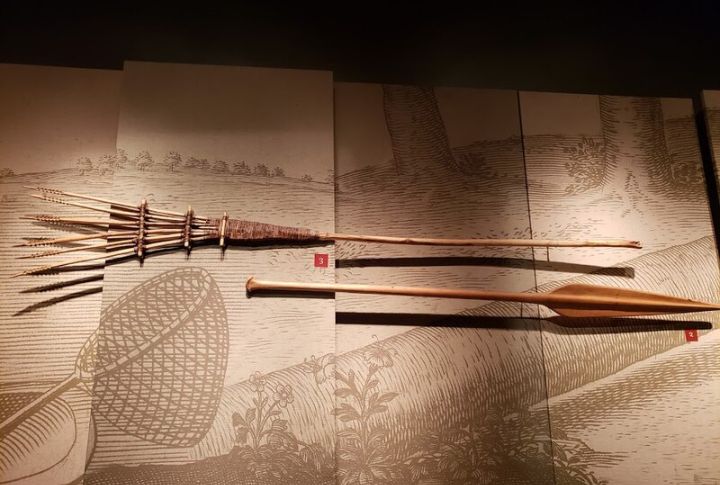
Spearing (alone or in groups) was an activity passed down through generations. Fishers would wade through lakes and rivers, striking slippery prey with accuracy. Northern tribes even speared through frozen lakes. Although fish spears were mainly for hunting, warriors took them out to battle when there was war.
Knives
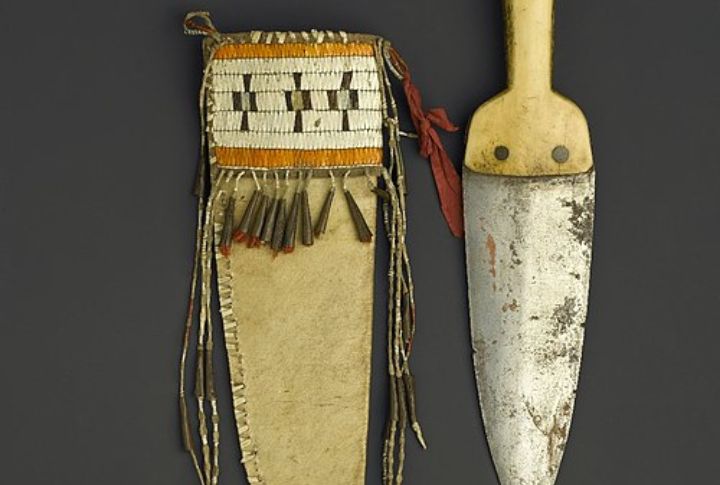
Among all the weapons on this list, knives remain one of the most relevant and widely used items. Native Americans utilized these indispensable tools both at home and in combat. They used materials from several sources, including flint, obsidian, bone, or metal. Some knives carried spiritual meaning and were passed down for generations.
Atlatls
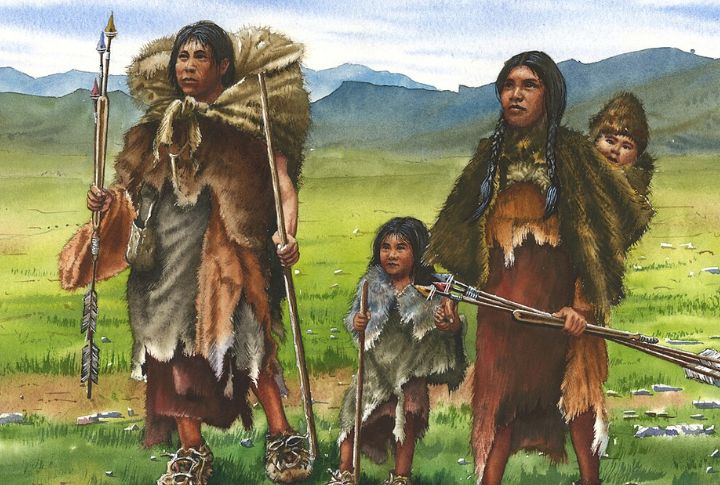
Archaeologists have discovered ancient atlatl carvings in rock shelters dating back approximately 10,000 years. Hunters used atlatls way before bows and arrows became common. It made hunting large game easier as it increased the range and force of their spears. Skilled hunters could even launch a spear over 100 yards.
Blowguns
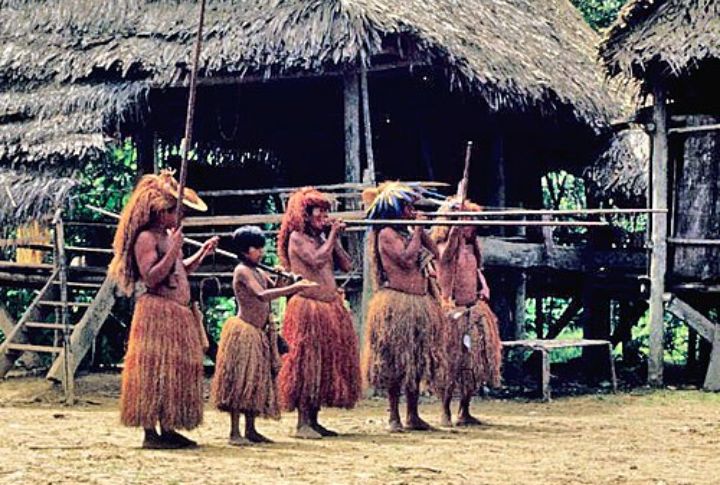
Blowguns helped Native hunters take down birds and small animals silently. These long tubes can stretch up to 10 feet, with longer versions typically offering greater accuracy. The Cherokee and other Southeastern tribes perfected the use of the weapon, tipping dart tips with poison derived from plants or insects.
Lances
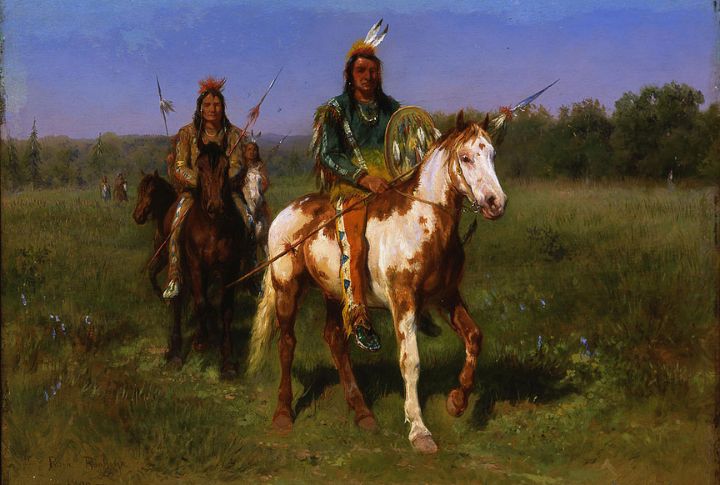
Great Plains warriors wielded long lances from horseback to keep danger at a distance or increase their range during combat. The purpose of these weapons was to add more reach and speed. Warriors would add feathers to their lances for spiritual power or intimidation or paint them to show the number of enemies they’ve defeated.
Throwing Axes

Forged from stone or metal, skilled tribe members built throwing axes to strike the opponent hard and with precision. Although many would spin through the air, others could flip once before hitting without reducing the damage level. The warriors often carried several for quick, successive throws. Today’s axe-throwing contests reflect these early traditions.
War Shields
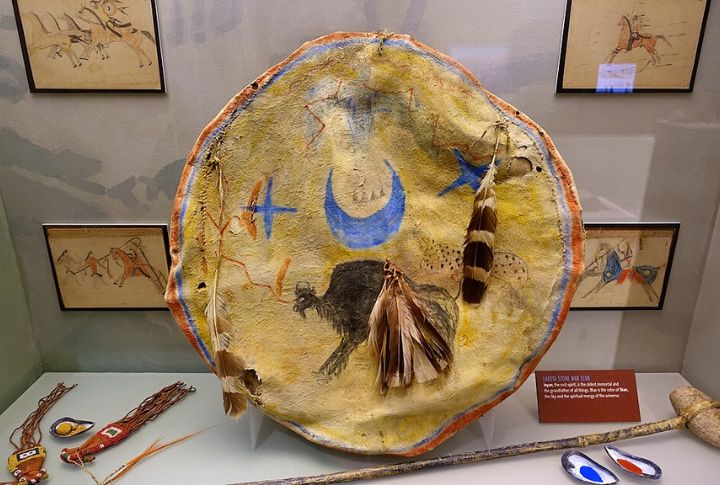
Back then, war shields were rawhide stretched over a wooden frame for defense. Besides protection, warriors painted them with protective symbols drawn from their visions or dreams. The artwork also told personal stories. Despite their strength, these shields stayed light enough to carry on horseback, making them practical in fast combat.

